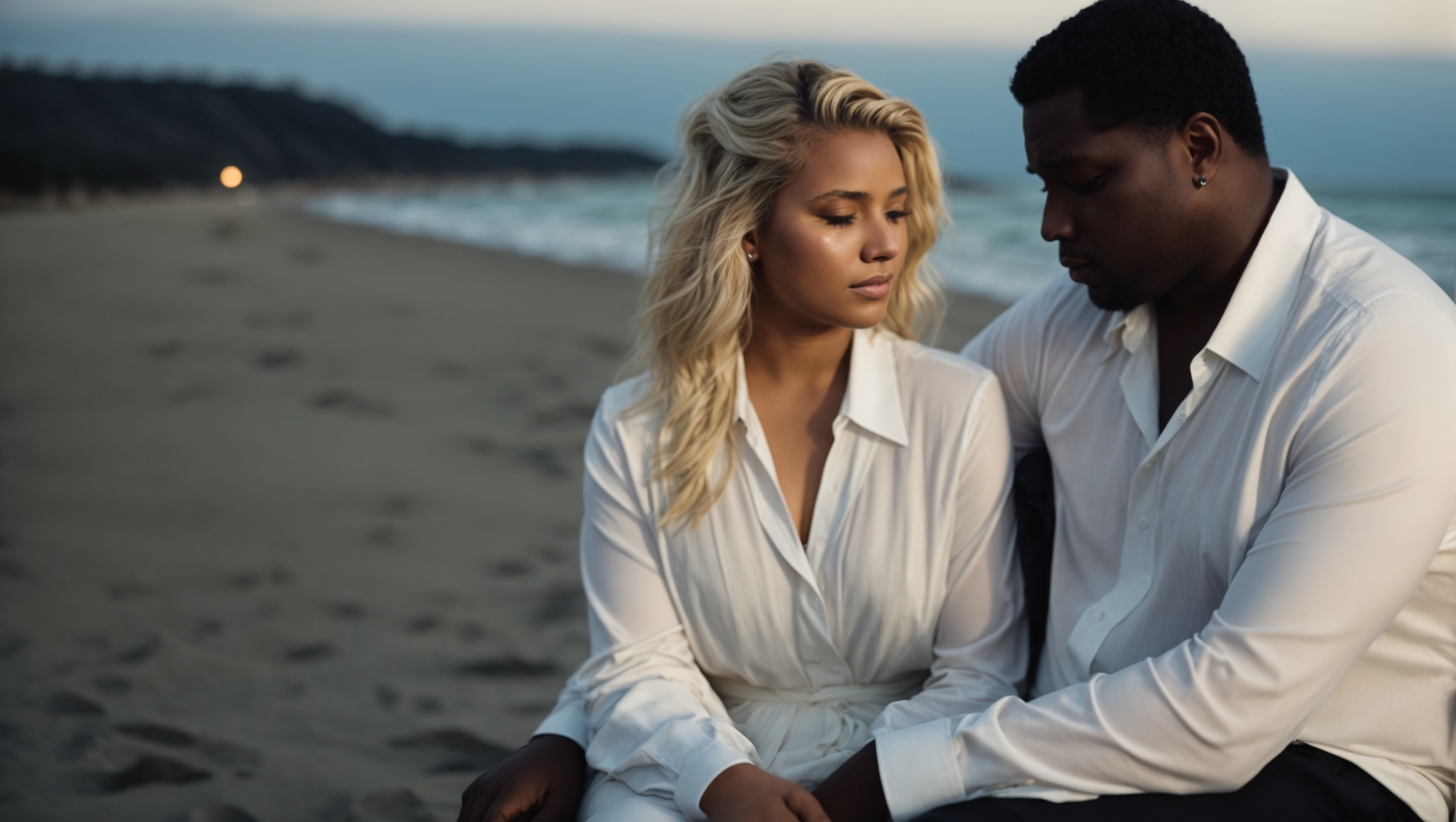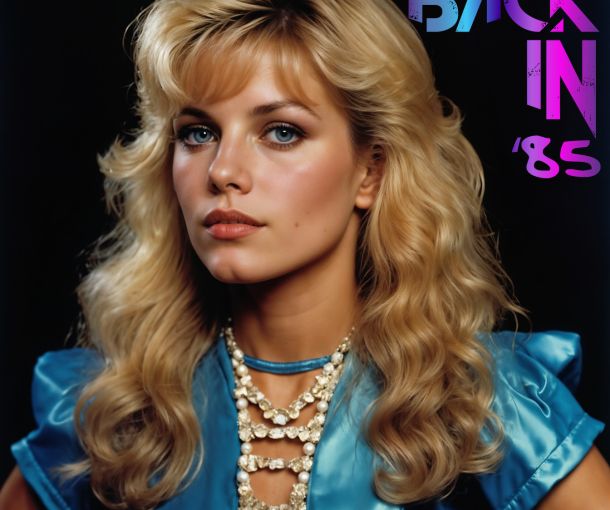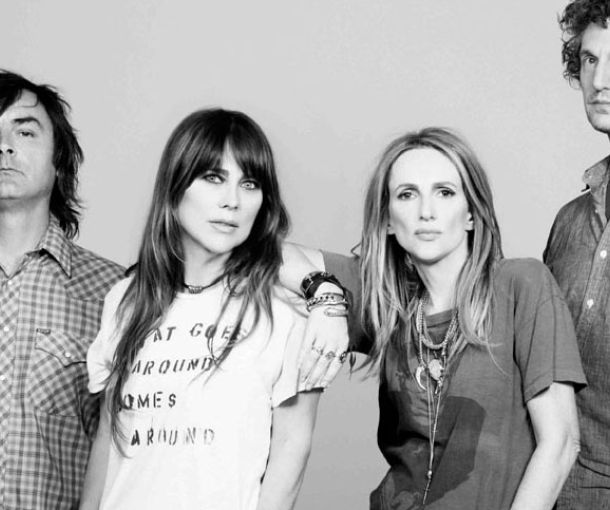AI Art and Diversity in Storytelling
The creative development of The Ballad of #SteviePearl has really slowed in recent days. As the story evolves, naturally, characters begin interacting with one another. And, the cast of characters is diverse. AI doesn’t seem to be able to generate scenes with people of different races very well. Or, at all… Here are examples with Adobe Firefly and LeonardoAI.

Stevie Pearl is a massive pop star; think even bigger than Taylor Swift.
She’s young, beautiful, America’s sweetheart, and... white. She falls in love with Alex Nopah, a Native American man. Her bodyguard is large black man named Franklin. Her friend group and the rest of the characters range from white, Vietnamese, hispanic, and so on. Sometimes race is irrelevant in the story, sometimes it’s vitally important.
Immediately, at the very beginning of the book while generating content for the Prologue, my prompts were turning out epic fails. Curiously, on the other hand, my experimental prompts of Stevie came out just fine on her own:
“The biggest pop star on the planet. Massive celebrity. White, mid-20s female. Tall. Long blonde hair. Blue eyes. Combine Texas style with California style. She’s dressed in a white sweater. She’s sitting on the beach. She’s sad, crying.”

Perfect. Now enter Franklin, her bodyguard:
“The biggest pop star on the planet. Massive celebrity. White, mid-20s female. Tall. Long blonde hair. Blue eyes. Combine Texas style with California style. She’s dressed in a white sweater. She’s sitting on the beach. She’s sad, crying. A large black man is sitting next to her, consoling her. The black man is middle-aged. He is overweight, but strong. He is dressed in a suit and tie, his tie is undone. Dark. Moonlight.”

Did I find the woke glitch in The Matrix??

Again, same prompt. This time the outputs are from LeonardoAI:
“The biggest pop star on the planet. Massive celebrity. White, mid-20s female. Tall. Long blonde hair. Blue eyes. Combine Texas style with California style. She’s dressed in a white sweater. She’s sitting on the beach. She’s sad, crying. A large black man is sitting next to her, consoling her. The black man is middle-aged. He is overweight, but strong. He is dressed in a suit and tie, his tie is undone. Dark. Moonlight.”

Are my prompts bad?
Have I done something wrong? When broken apart and separated, these prompts work just fine for generating single characters on their own. The first half of the prompt, if used on its own, Stevie comes out just fine. Likewise, the second half of the prompt of Franklin, he generates just fine on his own.
“The biggest pop star on the planet. Massive celebrity. White, mid-20s female. Tall. Long blonde hair. Blue eyes. Combine Texas style with California style. She’s dressed in a white sweater. She’s sitting on the beach. She’s sad, crying.”
“A large black man is sitting on the beach. He is middle-aged. He is overweight, but strong. He is dressed in a suit and tie, his tie is undone. Dark. Moonlight.”
It’s the combination that the AI can’t seem to reconcile.

This isn’t an accusation.
This isn’t an assault or social justice crusade against AI. However, it is a concern… I don’t know how to move forward with the story?
First, I’d like any tips or tricks from others who have experienced this within their own work? Have you found ways around it?
Second, I do think it’s important that the creators of these models know what’s happening and hopefully they can improve it. Are they even aware that this is an issue? #AdobeFirefly #LeonardoAI
Again, this isn’t a social media “gotcha” — like, I just want to visually develop my story. I haven’t even started to create images with Alex and Stevie together yet, which is the crux of the whole book...
Am I even going to be able to do this with AI right now?
Latest Articles

AI-Generated Music Video: Behind the Scenes of Stevie Pearl's "Back in '85"

Veruca Salt - A Warm Blanket Out Of The Dryer


